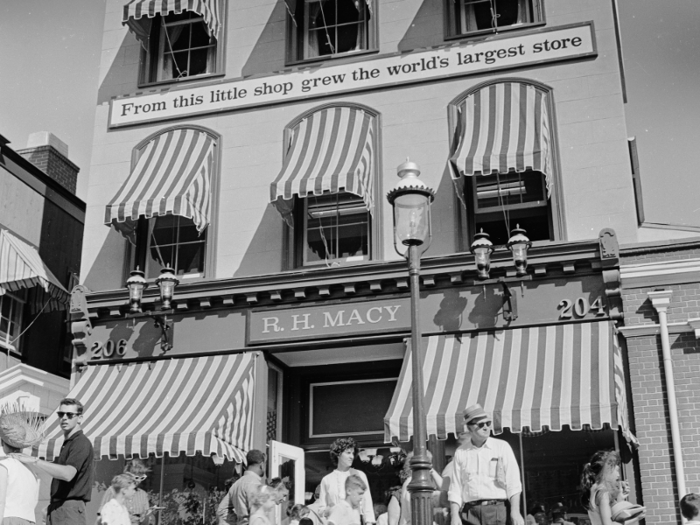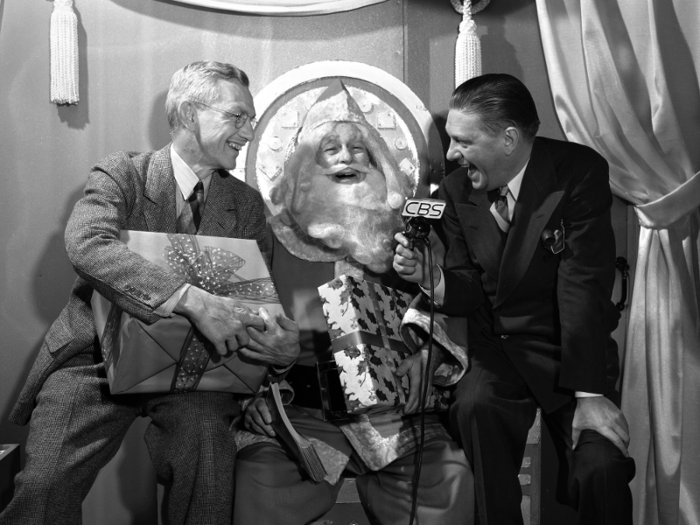- Home
- slideshows
- miscellaneous
- The rise and fall of Macy's, a beloved American retailer that's now closing 125 stores
The rise and fall of Macy's, a beloved American retailer that's now closing 125 stores
Macy's was founded in New York City by Rowland Hussey Macy in 1851.

In the following years, Macy began to grow his fledgling business. He started by expanding into 11 nearby buildings and adding merchandise categories.
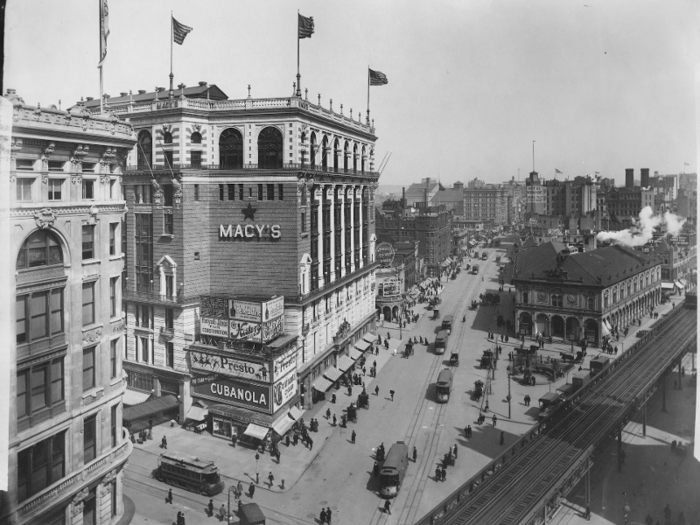
Source: Macy's
Macy created the modern department store as we know it today. He is credited with several major contributions to the retail industry.
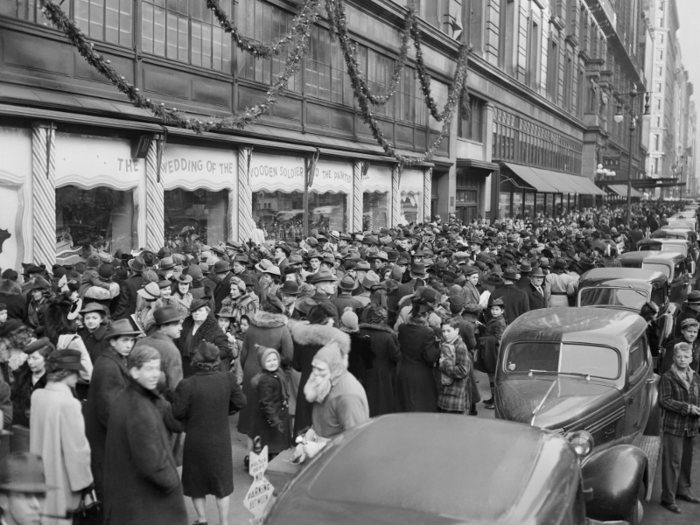
Source: Macy's
They include implementing a series of policies that had never been seen before in retail, including buying and selling products using cash only and creating the one-price system rather than bartering.
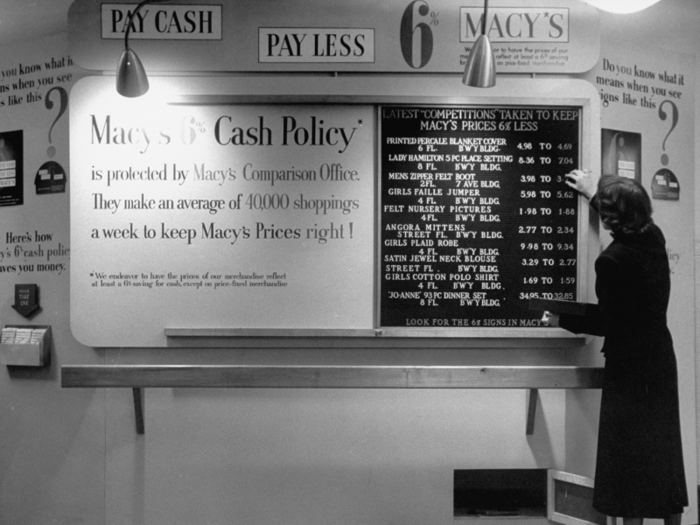
Macy was among the first to print the price of goods in newspaper advertisements and offer money-back guarantees if customers were unsatisfied with their purchases.
He also introduced then-revolutionary products to the New York City market, such as the teabag, the Idaho baked potato, and colorful bath towels.

Source: Macy's
Additionally, Macy created a made-to-measure clothing operation that produced clothes onsite, essentially instituting the common practice of offering tailoring services at major department stores.
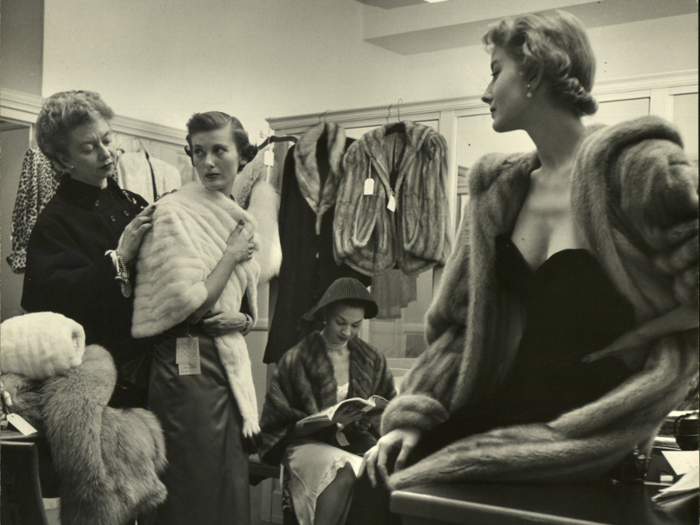
Source: Macy's
In the 1860s, Macy's became the first retail store to acquire a liquor license and serve beverages onsite.
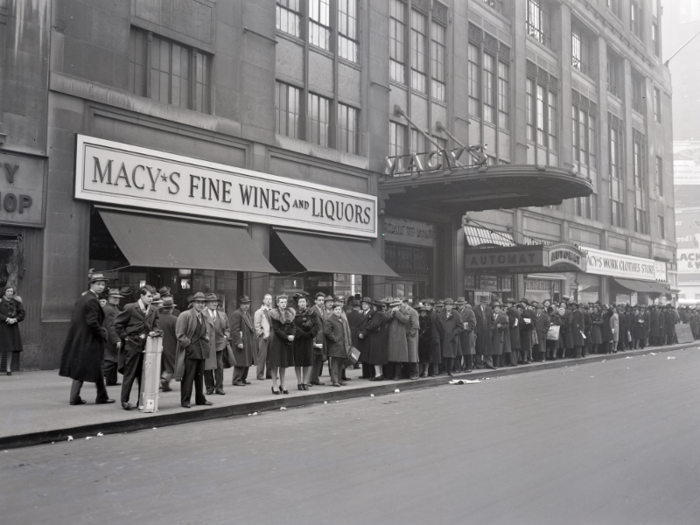
Source: Macy's
... and in 1864, the company established the practice of elaborately decorated holiday windows that are still popular today. Thus, the idea of "window shopping" was born.

Source: Macy's
After R. H. Macy passed away in 1877, the Macy family continued to operate the business until 1985, when the Straus family took ownership.
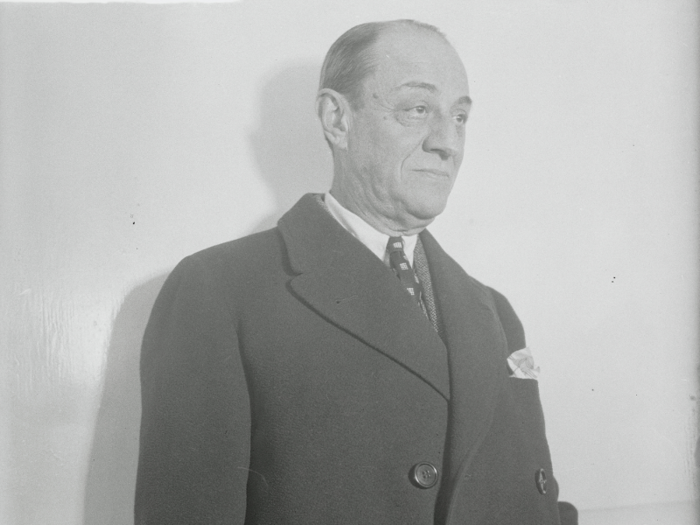
Source: Macy's
In 1902, the Strauss family moved Macy's to Herald Square, to a nine-story store that in the years to come would become an iconic location in pop culture.
Source: Macy's
By 1924, the store had completed a renovation that officially made it the largest department store in the world.
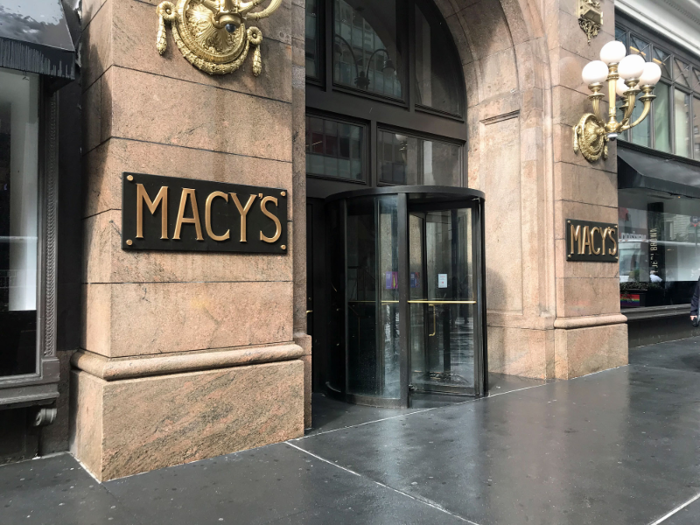
Source: Macy's
That same year, Macy's held its inaugural Thanksgiving Day Parade. 10,000 people gathered to watch the first parade, which included animals from the Central Park Zoo.
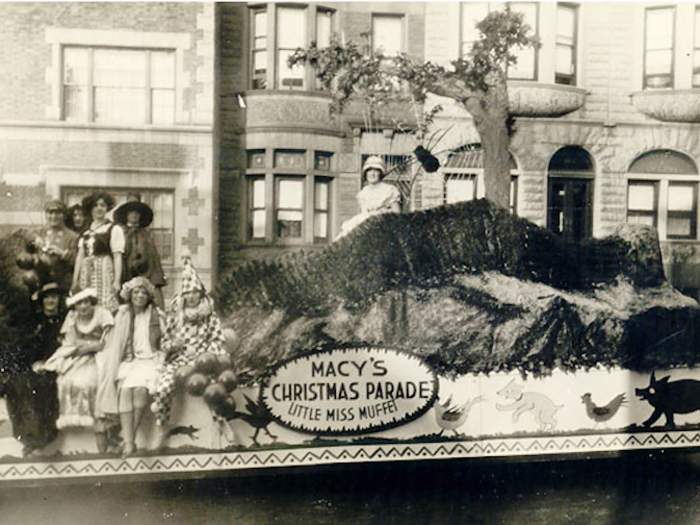
Source: Macy's
Over the next few years, Macy's began introducing its elaborate floats, which became an essential part of the iconic annual event.
Under the Straus family tutelage, Macy's expanded nationally, becoming a mainstay in malls and suburban shopping centers.
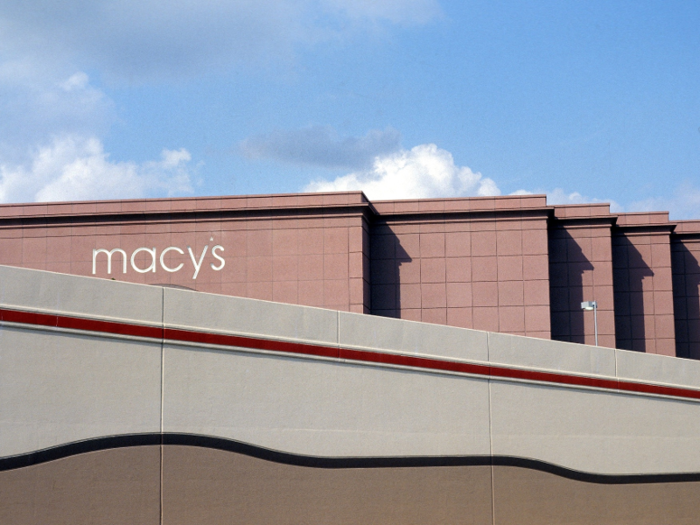
Source: Encyclopedia Britannica
Over the next few decades, Macy's star continued to rise, as it became a go-to department store destination around the country.
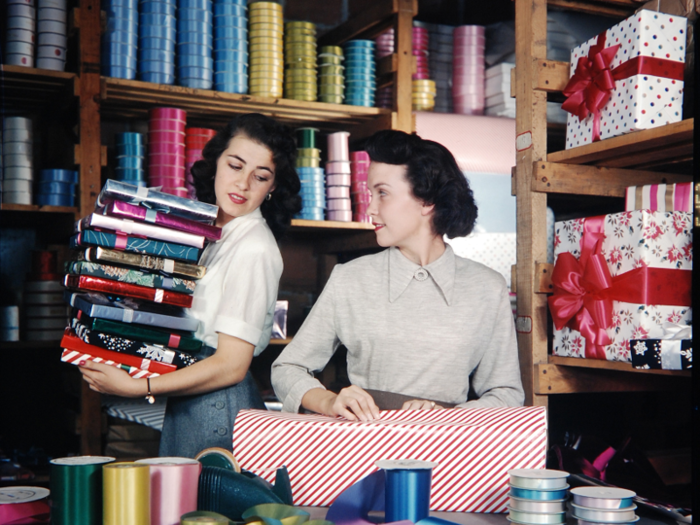
Macy's continued to gain cultural clout in 1947, as an integral part of the setting of the classic film "Miracle on 34th Street."

Macy's continued to bring panache to major national holidays when it started it annual Fourth of July fireworks show in 1976.
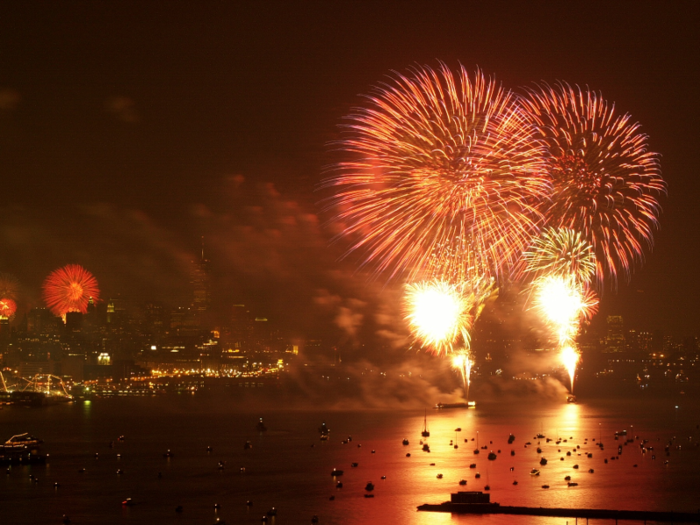
The first sign of major strife for Macy's began in the mid-1980s, after a series of missteps including an unsuccessful buyout coincided with an economic recession that left the retailer in massive debt.
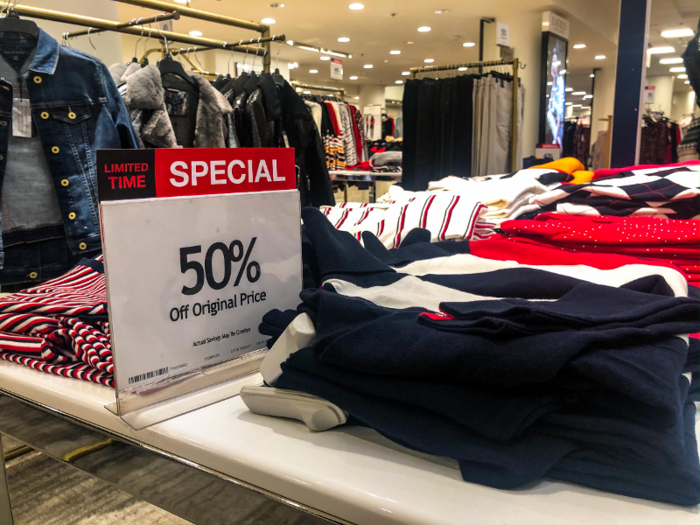
Source: Encyclopedia Britannica
Overwhelmed by debt, in 1994 Macy's merged with Federated Department Stores, Inc., then the largest department store company in the US.

Source: Encyclopedia Britannica
Federated operated a slew of local department store companies including Lazarus, Filene's, and Bloomingdale's, among others.
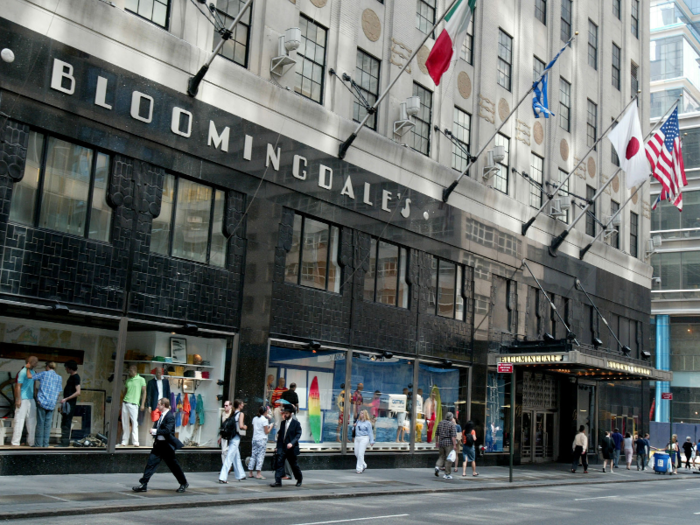
The 1990s served as a key marketing period for Macy's, ushering in big-name partnerships with celebrities and supermodels like Kate Moss ...
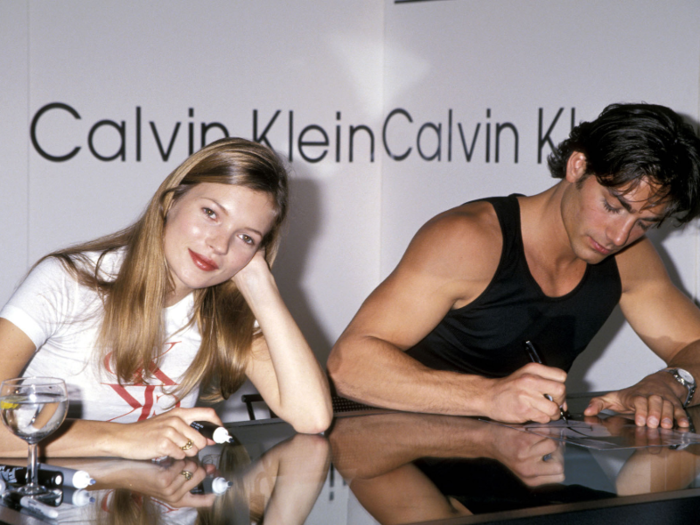
... and Sarah Jessica Parker, who served as a face of the athletic wear line Macysport ...

355962 05: Actress Sarah Jessica Parker poses August 16, 1999 during the launch of the new Macysport store in New York City. The grand opening is part of a week-long celebration that features personal appearances by sports celebrities and interactive games for soccer and basketball. (Photo by Evan Agostini/Liaison)
... and even performances from popular boy bands of the time, like 98 Degrees.
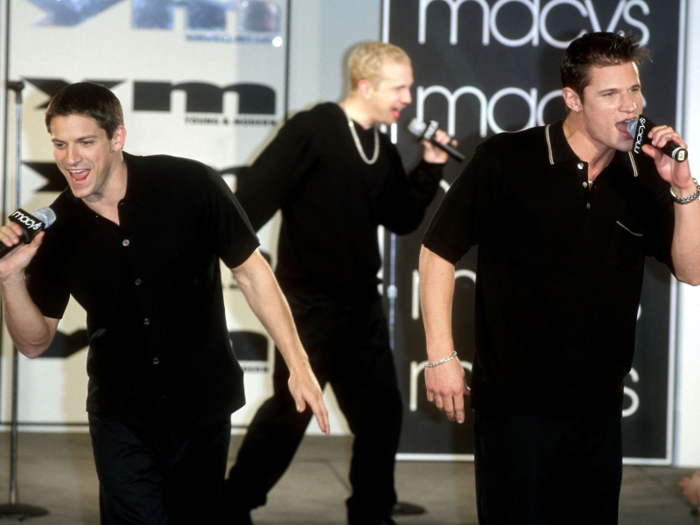
In an effort to capitalize on the internet boom, Macy's launched its e-commerce site in 1997.
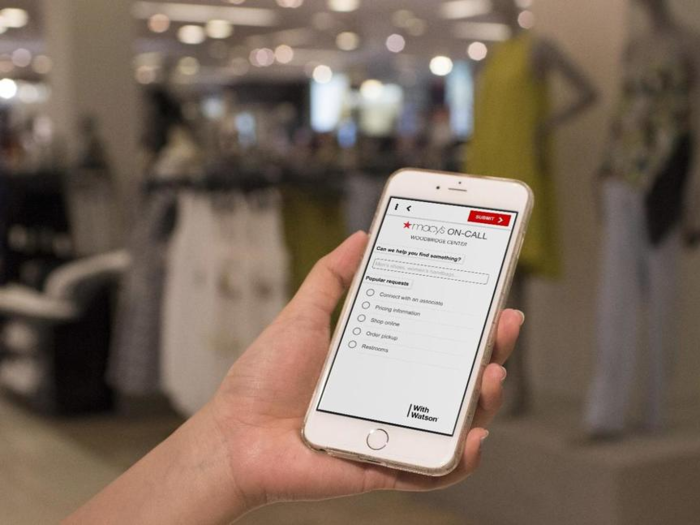
Source: Macy's
Around this time, Macy's also beefed up its loyalty program and Macy's rewards card to attract shoppers.
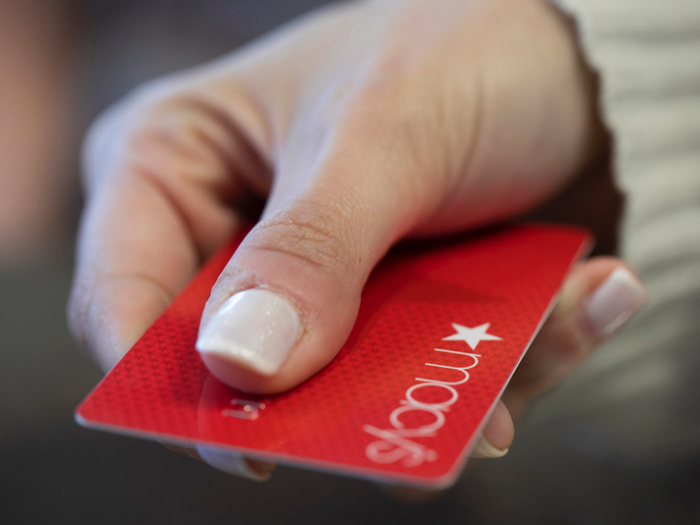
In 2006, more than 400 stores under the Federated umbrella changed their name to Macy's, and the store's national dominance grew. By 2007, Federated decided to rebrand as Macy's Inc.
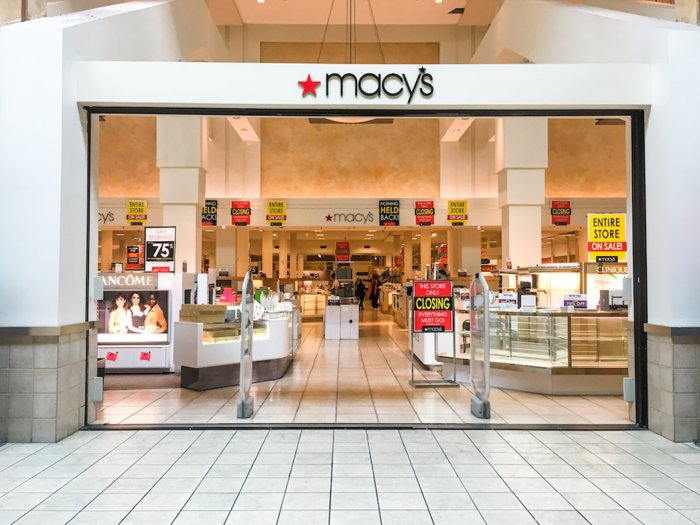
Source: Encyclopedia Britannica
In the 2010s, Macy's began experimenting with new concepts, like its off-price store Macy's Backstage. Macy's recently announced plans to grow the fleet.

Source: Macy's
However, Macy's was not able to fend off the retail apocalypse. In January 2015, the company announced it would close 14 Macy's and Bloomingdale's stores around the nation.
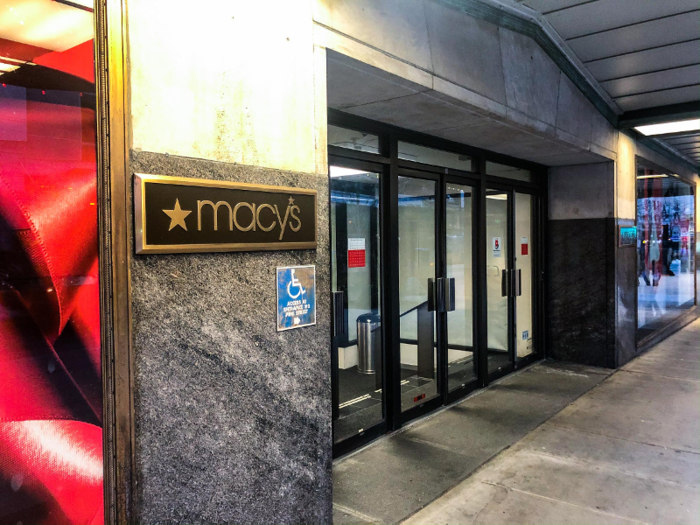
In 2005, Federated made several critical moves including acquiring The May Department Stores, Lord & Taylor, and Marshall Fields.
In September of that same year, Macy's announced it would close an additional 40 stores as sales continued to drop.
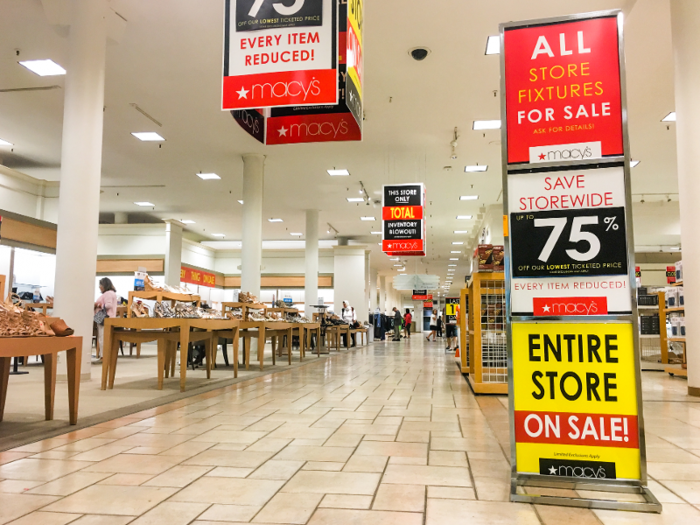
Stores continued to shutter over the next few years, as the company struggled against dwindling foot traffic and the rise of e-commerce.
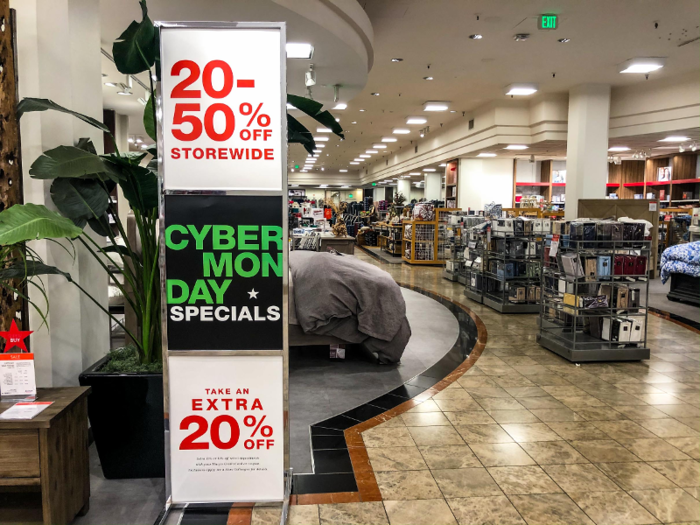
In an attempt to bring more people into stores, Macy's tested new concepts like Story, a rotating pop-up shop it launched in stores in June 2018.

Source: Business Insider
In February 2020, Macy's announced a massive restructuring that would close 125 stores and cut 2,000 jobs.
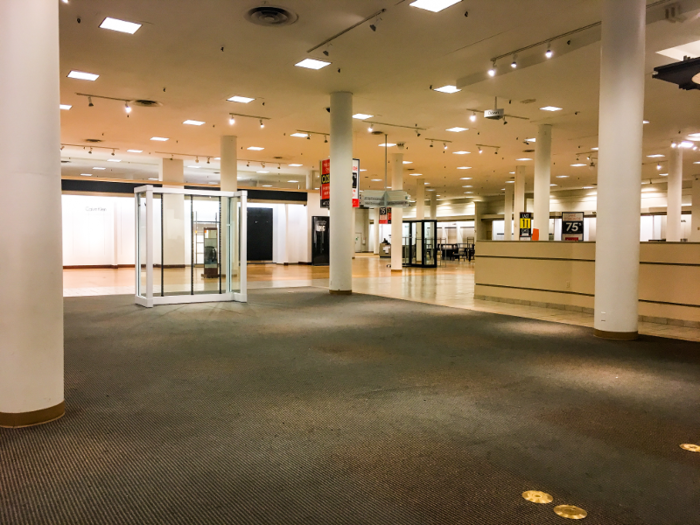
As part of the new strategy, Macy's is also closing offices in San Francisco, Cincinnati, and Lorain, Ohio.
The five-pronged, three-year plan is intended to generate savings of $600 million in 2020 and $1.5 billion annually by 2022.
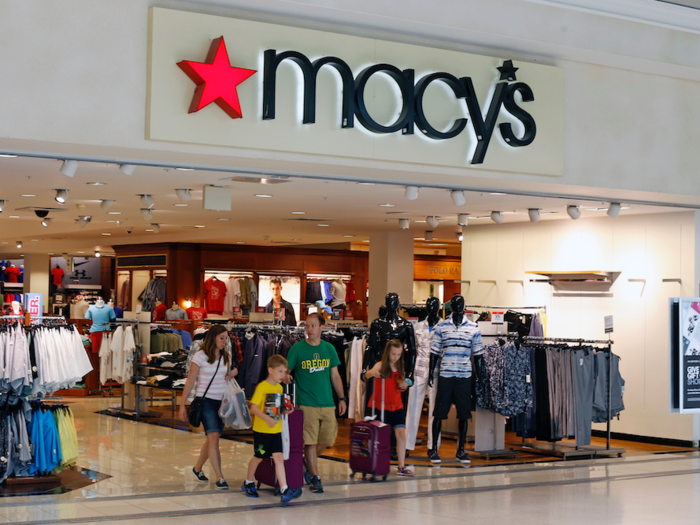
Source: Business Insider
It will also involve experimentation with concept stores that operate outside of traditional malls.

Source: Business Insider
Ultimately, while Macy's remains standing unlike department stores like Barneys, it still has a long uphill battle ahead.
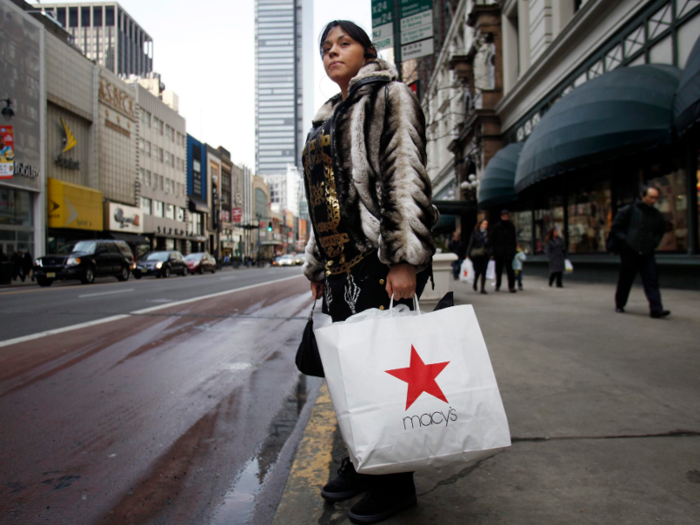
Popular Right Now
Popular Keywords
Advertisement
